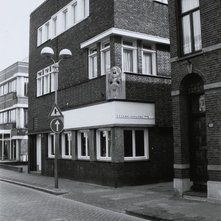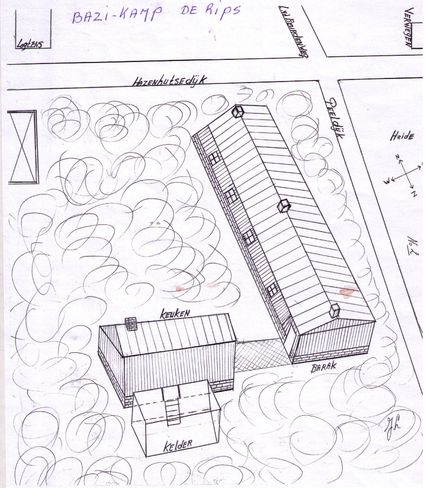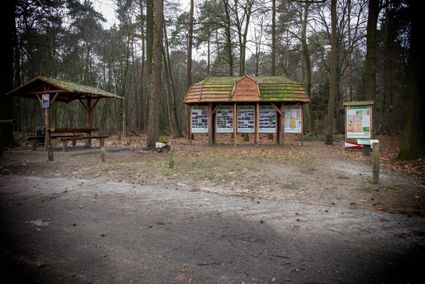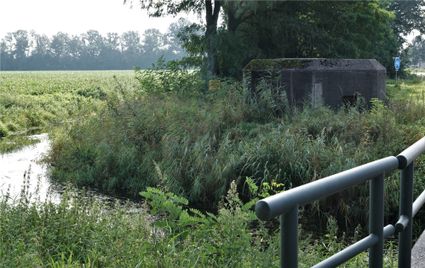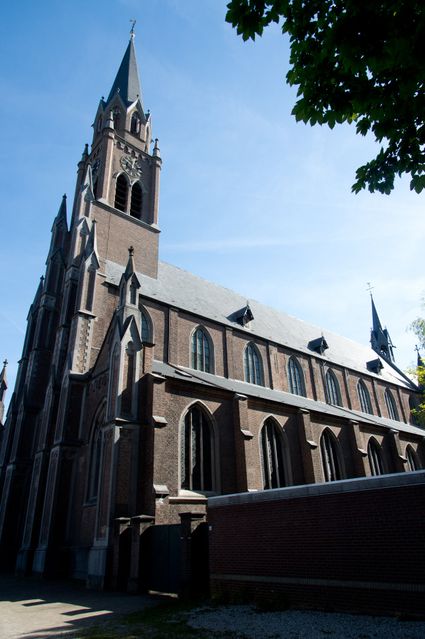Hoeve 'Beverdijk'
At de Deel, the old farm Hoeve Beverdijk is being rebuilt, after several devastations of a farmhouse that still dates back to the Middle Ages.…
At de Deel, the old farm Hoeve Beverdijk is being rebuilt, after several devastations of a farmhouse that still dates back to the Middle Ages. At that time, it was an important fiefdom of the Teutonic Order, located in the Gemert Castle. The Hoeve Beverdijk was considered one of the most important fiefdoms of the Teutonic Order in Gemert, and its fiefdoms were noble until about 1600. In the oldest surviving fief register (June 24, 1387), the Guede ten Berverdike is mentioned immediately after the fiefdoms of jonker Diederick van Ghemert (?128;t Hooghuis and ?128;t Gued Esdonk). As a fiefman of Beverdijk there is listed jonkheer Lucas Meus van Beke (sheriff of Ghemert). Lucas probably took over the farm from his father Meus van Beke, who is already mentioned in 1366 as a witness in the transfer of the seigniory to the Teutonic Order. Meus died in the battle of Baeswijler in 1377. The fiefdom remains in the legitimate Van Beek family. After bailiff Lucas becomes fiefman his son Johan van Beke (a priest), who transfers the property to his brother Arnt Vrient van Beke.
The feudal register to 1512 describes the feudal estate as ?128;huysinge metter hofstat, een musaets land en derde halven buenre (2 ½ bunder) daearaen gelegen, metter eenre sidenven erfenisse jonker Goyarts van Lanckveld, mitter ander sidenidenven erfenisse Hanrick Donkers kynderen (erf aan de Hei. Doonhei), d?128;een eyndt neven der Heeren erve (=Molenbroek), d.128 One end adjoining der Heeren erve (=Molenbroek), the other end adjoining die straet (=Deel). The farmstead of thus located at the Deel, between the noble house Lankveld (?128;t Slotje) and the Doonhei. In 1484 the fief passed from Arnt Vrient van Beke to his son-in-law jonker Dirk Dirks van Driell (from Mill). The property de Beverdijk remains in the possession of that family until 1570 Jonker Henrick Creil is named as a feudal lord. In 1572 the Beverdijk feudal farm is sold. Until this year the feudal men of the property belong to the Brabant landed gentry. After that, the feudal farmstead is probably split up. After that, only a few non noble feudal men are mentioned.
The Beverdijk was a raised path through the Molenbroek from the village (from the water mill) to the Deelse Boom. The Deel was the old connecting road from Gemert to Boekel and ran around the Molenbroek. In 1866 the farm burned to the ground. The same fate befell the newly constructed farmhouse in 1954. The post-war farm built afterwards was recently demolished and a new old-style Hoeve Beverdijk is rising on that site. During the excavation work for the new building, it came to light that the farmstead was once surrounded by a moat. Two phases of the moat were found. The new Beverdijk now stands right on the old moat. The medieval settlement was slightly further away from the road.
Sources:
A. Otten, Geschiedenis hoeve Beverdijk, Gemerts Heem jaargang 2009 nr 1




